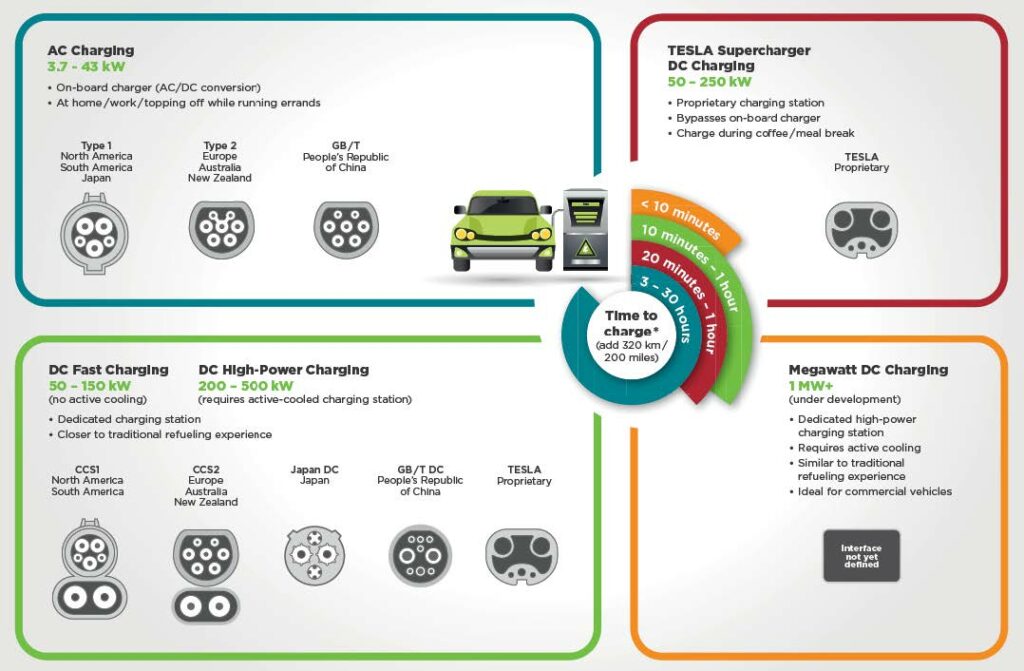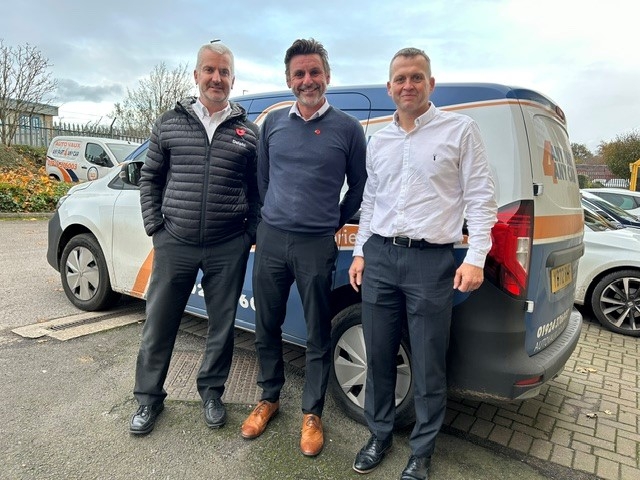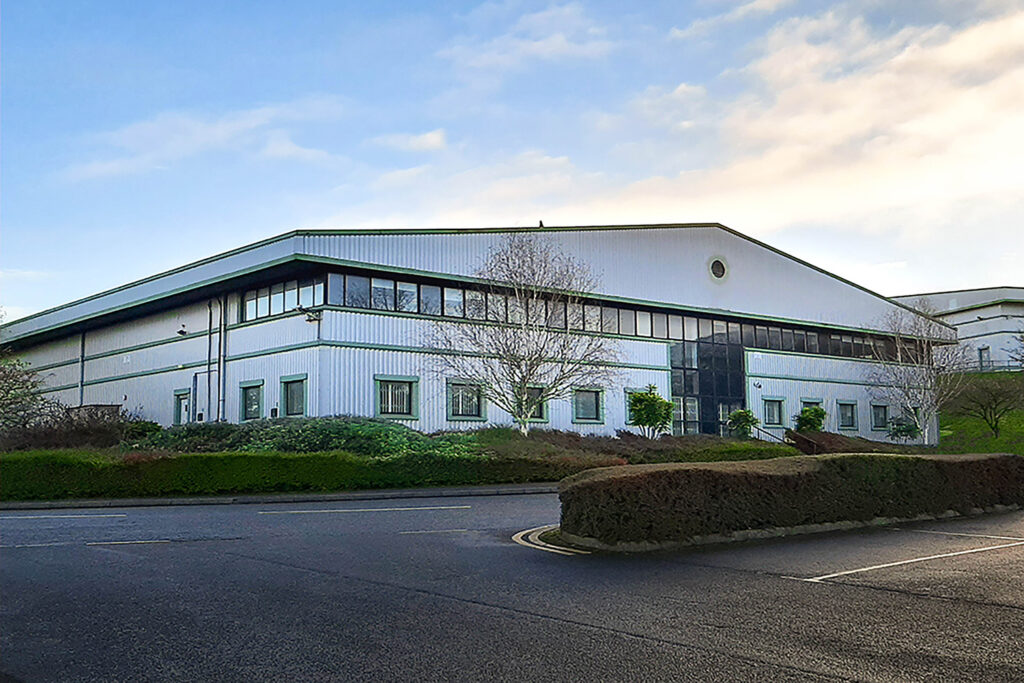“Big things have small beginnings”
The notable line from Lawrence of Arabia referencing the impact of a small Bedouin army on the war against the Turks can be considered relevant to the army of small automotive aftermarket businesses that keep Britain motoring. Lawrence wrote about the Bedouin as a fighting force, “They are intelligent, and very lively, almost reckless, but too individualistic to endure commands.” The SMMT estimated in 2016 that there are around 42,500 independent workshops. Organising this force to transition their skillset and workshops to supporting Alternative Fueled Vehicles (AFVs) sounds remarkably familiar to TE Lawrence’s challenge against the railways.

©Park Circus Sony Pictures
The growth of AFVs is changing the UK car parc, this in turn is changing infrastructure, training, equipment and tooling. 41% of cars registered between January and June 2021 were electrified and although these statistics should not be ignored, it should be considered alongside the number of Internal Combustion Engine (ICE) cars that occupy Britain’s roads. GiPA’s September blog states that currently 96% of UK cars have combustible engines, the forecasted figure dropping to 81%-79% (assuming an aggressive push towards electric cars by manufacturers and government). This demonstrates opportunity for the aftermarket, especially as the car parc ages due to factors such as availability, rising costs, employment uncertainty, and delays caused by electrification consideration.
Realizing that much of the work available in the aftermarket will be powered by more familiar technologies may tempt a somewhat ostrich approach to AFV training, but this may be short-sighted. All vehicles, regardless of how they are powered, are increasingly tech dependent. Advanced Driver Assistance Systems (ADAS) creeps into every offering, hardly surprising when the World Health Organization considers road accidents to be a pandemic. Every year 1,300,000 people are killed worldwide, of these, 26,000, are in Europe. Scientific studies show that the 10 ADAS systems installed that the European Union are to make mandatory in all cars manufactured as of July this year will reduce deaths and serious injuries, it is expected to reach 2050 with the goal of zero fatalities on the road in a project called “Vision Zero”.
All vehicles (even those that do not have the technology on board) are now subject to the change in the Highway Code in the UK, an analogue version of what ADAS technology is designed to achieve! Although leaving the EU, the latest data from SMMT shows that nearly 80% of new cars offered in the UK now have at least one safety activated system. Aside from causing headaches for driving instructors as to exactly what a new driver needs to be tested on, it also will add challenges to the maintenance and repair sectors.
AFV training may be the small thing that the big thing of ADAS training comes from, particularly if learners have had a break from formal learning.
The 10 ADAS driver assistance systems that will be mandatory in the EU and the UK in 2022
- Automatic emergency braking for passenger cars.
- Lane keeping systems for passenger cars.
- Reverse detection for all vehicles.
- Intelligent speed assistant for all vehicles.
- Fatigue and attention detector for all vehicles.
- Belt warning in rear seats for passenger cars.
- Blind Spot Information Systems for Trucks and Buses.
- Tyre pressure monitoring for all vehicles.
- Event Data Recorder for all vehicles.
- Passenger car crash test requirement updates.

Michael Fassbender as “David”, film Prometheus
Other struggles for technology uptake are centred in antitrust and privacy, which may age the car parc further. “Big things have small beginnings”, the android David in Prometheus uttered the same iconic line, this might be more inline in meeting the demands of transition to AFVs and ADAS enabled cars if motorists start to shun the technology available in preference for a simpler (and cheaper) form of transportation.












